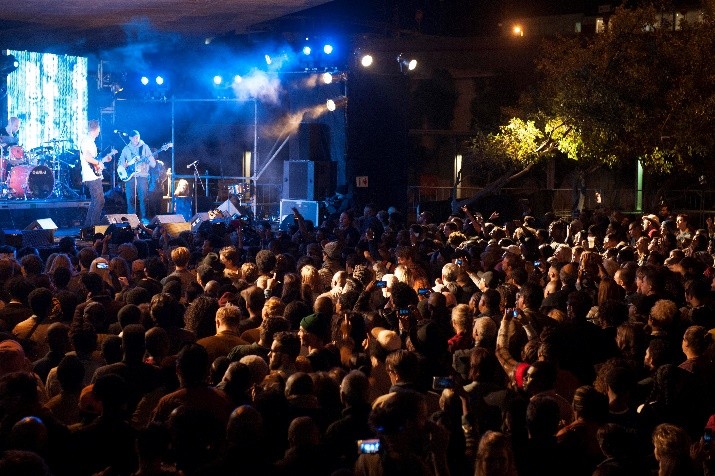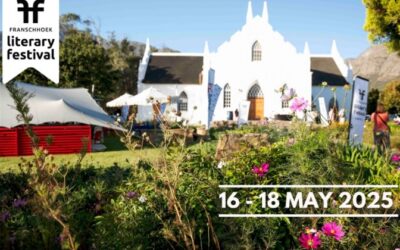Several artists are reminding us that protest music has always been at the heart of the revolution, writes Lindokuhle Nkosi.
Music is a weapon. Mini, the man now remembered as the grandfather of struggle songs, knew this. He knew this when he composed those songs to motivate others and to organise. He knew this when he took his final steps in life, as they tightened the noose around his neck. He knew that, in the patterns layered like ribbon, oscillating and undulating, there is language.
There is emotion that can’t be spoken about; words that cannot be written. In the music was the struggle, and in the struggle there was music.
Mini, Mkaba and Khayingo were some of the first ANC members officially executed by the apartheid government. That was 101 years after the raider, CSS Alabama, landed on the Cape shores, sparking a song that is still sung today, Daar kom die Alabama. That was 73 years after Enoch Sontoga composed Nkosi Sikelel’ iAfrica, a hymn that became the national anthem of five African countries, 51 years after the passing of the Native Land Act, which successfully paved the way for apartheid, dispossessing and stripping South Africans in their own land, and nine years after the first black people were moved, and the first homes demolished in Sophiatown.
Lindokuhle Nkotsi investigates What exactly is protest music? in this in-depth article, including 7 soundtracks, in the Mail & Guardian
Photo: .
I protest: Actor, satirist and vocal historian Masello Matona examines and reactivates the South African musical archive in her project ‘Ntiyilo Ntiyilo’. (Pic by Gustav Butlex).






